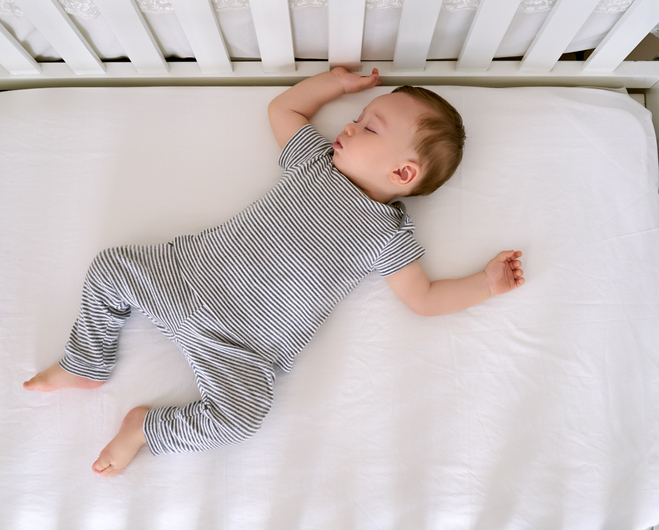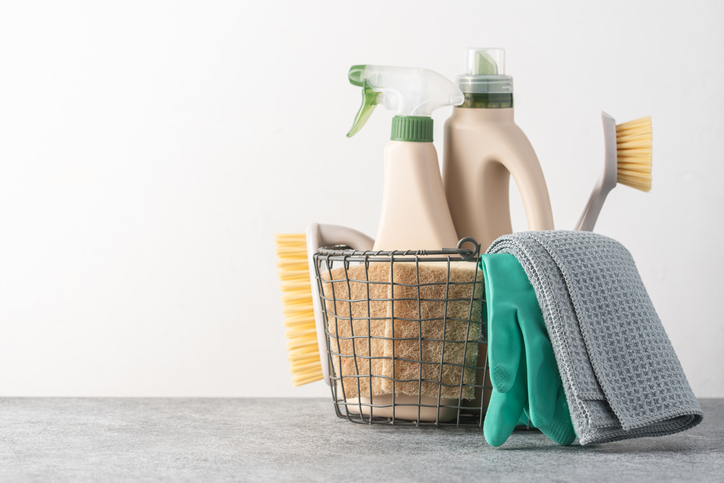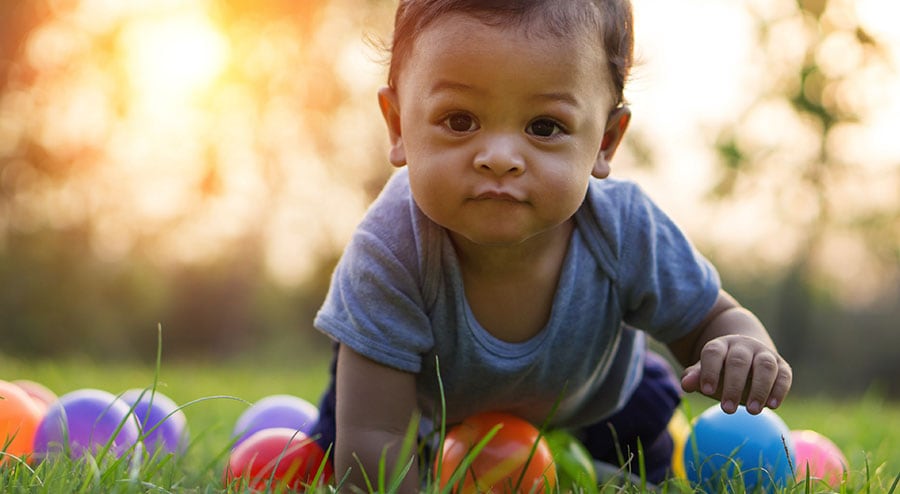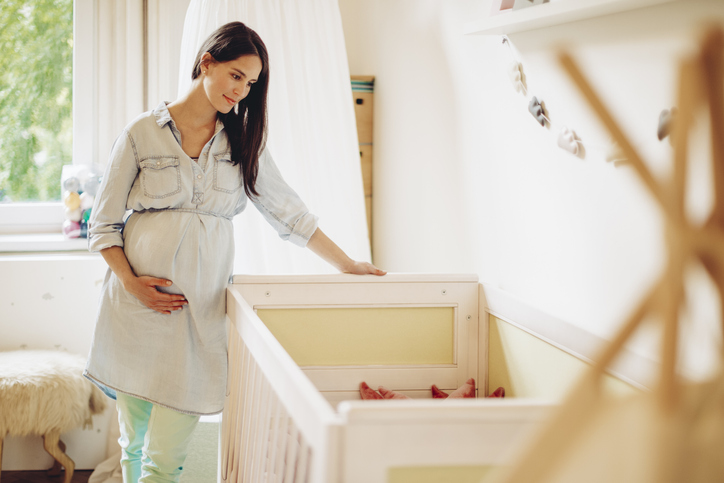Sudden Infant Death Syndrome (SIDS) is a devastating and unexplained phenomenon that occurs during sleep and claims the lives of seemingly healthy infants. It is characterized by the sudden and unexpected death of an infant under one year of age, typically occurring during the first six months of life. The exact cause of SIDS remains unknown, but research has identified several risk factors that increase the likelihood of its occurrence.

Understanding the importance of safe sleep practices and implementing them consistently can significantly contribute to safeguarding infants from the tragic occurrence of SIDS. Following the recommended guidelines and making informed choices allows for parents to provide their infants with a secure and nurturing sleep environment, promoting their overall well-being and reducing the risk of SIDS.
Understanding SIDS
Sudden Infant Death Syndrome (SIDS) is a tragic and perplexing phenomenon characterized by the sudden and unexplained death of an apparently healthy infant during sleep. The exact cause of SIDS is still unknown, but research has identified several risk factors that may increase the likelihood of its occurrence. These risk factors include prone or side sleeping positions, soft bedding materials, overheating, exposure to tobacco smoke, prematurity or low birth weight, and maternal factors such as young maternal age or inadequate prenatal care. It is important for parents and caregivers to be aware of these risk factors and take necessary precautions to reduce the chances of SIDS.
Statistics provide a sobering perspective on the impact of SIDS. According to the Centers for Disease Control and Prevention (CDC), in the United States alone, approximately 3,500 infants die from SIDS each year. It is the leading cause of death among infants between one month and one year of age. The majority of SIDS cases occur between two and four months of age, with boys being slightly more susceptible than girls. While the numbers can be distressing, it is important to remember that through education, awareness, and the implementation of safe sleep practices, the risk of SIDS can be significantly reduced.
Safe Sleep Practices to Reduce the Risk of SIDS
The risk of your infant experiencing SIDS is concern that can be alleviated with a few simple measures. From sleep positions to creating a safe sleep environment, temperature regulation, pacifier use, and considerations for specific settings, implementing these practices can greatly reduce the risk of SIDS.
Sleep Position and Environment
When it comes to ensuring your infant’s safety during the night, position your baby on their back as they go to sleep and obtain a firm mattress. These two factors can significantly reduce the risk of SIDS.
Back to Sleep
The recommended sleeping position for infants is placing them on their backs to sleep. This practice, also known as the “Back to Sleep” position, is supported by organizations such as the American Academy of Pediatrics (AAP) and has been shown to significantly reduce the risk of Sudden Infant Death Syndrome (SIDS). Placing infants on their backs helps maintain an open airway and minimizes the risk of suffocation or obstruction during sleep. This position should be followed for all sleep periods, including naps and nighttime sleep.
Firm Mattress
To increase your infant’s safety during sleep, use a firm mattress. A firm surface provides a stable foundation and reduces the risk of the baby’s face sinking into the mattress, which could obstruct their breathing. It is important to avoid soft mattresses, such as waterbeds or memory foam mattresses, as they can increase the risk of suffocation or overheating.
When shopping for a crib mattress, there are many options specifically designed for infants that meet these safety standards. Brands such as Sealy Baby, Safety 1st, and Graco offer firm crib mattresses that provide the necessary support and safety features. Prices for firm crib mattresses can range from around $50 to $200, depending on the brand and additional features.
Practicing the “Back to Sleep” position and using a firm mattress in the crib can significantly reduce the risk of SIDS and create a safe sleep environment for infants. Be sure that the mattress fits snugly within the crib and does not leave any gaps or spaces where the baby could become trapped. Check the mattress for signs of wear and tear frequently and replace it if necessary to optimize your infant’s safety.
Creating a Safe Sleep Environment
To create a safe sleeping environment for your child, be aware of how your crib is constructed as well as what kind of bedding and accessories surround your baby.
Safe Sleep Space
A safe crib or bassinet should meet typical safety standards and have a sturdy construction. The crib or bassinet should have a firm mattress that fits snugly within the frame and leave no gaps where the baby could become trapped. Use a fitted crib sheet that securely covers the mattress without any loose ends. Avoid using crib bumpers, as they pose entrapment or suffocation risks. Instead, opt for a wearable blanket or sleep sack to keep the baby warm without the need for loose bedding.
Look for reputable brands such as Graco, Delta Children, or Storkcraft that offer cribs and bassinets that adhere to these safety regulations. Prices for cribs can range from around $100 to $500, depending on the brand and features.
Bedding and Accessories
To promote your infant’s safety, avoid using blankets, pillows, or stuffed animals in the sleep space which can increase the risk of suffocation or choking hazards. Instead, consider using sleep sacks or wearable blankets specifically designed for infants. These products provide warmth while keeping the baby safe. Brands such as Halo, aden + anais, and Burt’s Bees Baby offer a range of sleep sacks and wearable blankets suitable for infants. Prices for sleep sacks can vary, typically ranging from $15 to $40, depending on the brand, size, and materials used.
Creating a safe sleep environment that adheres to guidelines for the crib or bassinet, and using appropriate bedding and accessories not only helps parents reduce the risk of SIDS but ensures a safer sleeping space for their infants..
Room Sharing and Bed Sharing
Room sharing, where the baby sleeps in the same room as the parents but on a separate sleep surface, has many benefits. It allows for close proximity between the baby and parents, promoting better monitoring and facilitating easier nighttime feedings and care. Room sharing promotes bonding and emotional connection, which are important for the baby’s overall well-being. It also provides a sense of security for both the infant and the parents.
Use a bassinet or a bedside sleeper that attaches securely to the parents’ bed to simplify the process of room sharing. Popular brands such as HALO, Baby Delight, and Chicco offer bedside sleepers with various features and price ranges. Prices for bedside sleepers can range from around $100 to $300, depending on the brand and specific model.
There are some risks involved with bed-sharing in which the infant sleeps on the same sleep surface as the parents. It is generally not recommended because bed-sharing increases the likelihood of accidental suffocation, entrapment, or overlaying, where the adult unintentionally rolls onto the baby during sleep. Certain factors, such as parental smoking, alcohol or drug use, excessive bedding, or soft sleep surfaces, further increase the risks associated with bed-sharing.
If parents choose to bed-share despite the risks, then the sleep surface should be firm and free of pillows, blankets, or other loose bedding that could cover the baby’s face and obstruct breathing. The bed should also have a tight-fitting sheet, and the baby should be placed between the parents rather than next to one parent to minimize the risk of overlaying. Avoid bed-sharing in situations where parents are excessively tired, under the influence of alcohol or drugs, or if the bed-sharing arrangement involves individuals other than the parents.
While room sharing is encouraged, remember that bed-sharing carries significant risks and it is important to create a safe sleep environment for the baby by using a separate sleep surface in the same room as the parents. This helps reduce the risk of SIDS and allows for safe and close proximity between the baby and caregivers.
Temperature and Ventilation
The risk of SIDS can be reduced by maintaining an optimal sleeping environment temperature. The recommended room temperature for infants is between 68 to 72 degrees Fahrenheit (20 to 22 degrees Celsius). This temperature range helps ensure that the baby does not become too hot or too cold during sleep. It is important to monitor the room temperature using a reliable thermometer to ensure it remains within the recommended range.
A thermostat or a space heater with temperature control can help regulate the room temperature. Brands such as Honeywell, Emerson, and Lasko offer a range of room heaters suitable for maintaining a consistent temperature. Prices for room heaters can vary, typically ranging from $30 to $100, depending on the brand, size, and features.
Fans and Airflow
Fans can help improve ventilation and air circulation in the baby’s room, promoting a comfortable sleep environment. Proper air circulation helps dissipate heat and reduces the risk of overheating. However, it is important to ensure that the fan is not blowing directly on the baby, as this can cause them to become too cold. The fan should be set at a low speed and positioned in a way that creates gentle airflow in the room.
When using fans, choose models with safety features such as grilles or covers to prevent the baby’s fingers from coming into contact with the blades. Brands like Lasko, Vornado, and Honeywell offer various types of fans suitable for different room sizes and purposes. Prices for fans can range from $20 to $100, depending on the brand, size, and features.
Maintaining an optimal room temperature and promoting good air circulation with the help of fans creates a comfortable and safe sleep environment for infants, reducing the risk of SIDS.
Pacifier Use and Breastfeeding
Using a pacifier during sleep has been associated with potential benefits in reducing the risk of Sudden Infant Death Syndrome (SIDS). While the exact mechanisms behind this protective effect are not fully understood, pacifiers are believed to help maintain an open airway and regulate breathing patterns during sleep. Studies have shown that offering a pacifier to infants at naptime and bedtime can significantly reduce the risk of SIDS.
When introducing a pacifier, it is important to wait until breastfeeding is well-established, usually around three to four weeks of age. If the baby refuses the pacifier, it should not be forced. It is advisable to choose a pacifier that is specifically designed for infants, with a shield that is larger than the baby’s mouth to prevent choking hazards. Popular pacifier brands such as Philips Avent, MAM, and NUK offer a range of pacifiers suitable for different age groups and preferences.
Breastfeeding
Breastfeeding is associated with a decreased risk of SIDS. Breast milk provides infants with essential nutrients and antibodies that help strengthen their immune system and protect against infections and illnesses, including respiratory infections that can contribute to SIDS. The act of breastfeeding itself promotes a more stable and regular breathing pattern in babies.
It is recommended to exclusively breastfeed for the first six months of life, if possible, to see the maximal benefits of breastfeeding. This means avoiding the introduction of formula or solid foods during this period. It is also important to practice safe sleep habits while breastfeeding, such as placing the baby in their own sleep space after feeding and avoiding falling asleep with the baby in the adult bed.
Caregivers who have their infant use a pacifier during sleep, in accordance with safe sleep practices, and breastfeed exclusively for the first six months, reduce the risk of SIDS and provide their infants with the benefits of both practices. Consult with healthcare professionals for personalized advice on pacifier use and breastfeeding techniques if you feel you need guidance.
Safe Sleep Practices in Specific Settings
Childcare Settings
Inform your childcare provider about safe sleep practices and discuss their policies regarding infant sleep. Verify that they adhere to safe sleep guidelines, including placing infants on their backs to sleep and using a firm mattress with a fitted sheet in a crib or bassinet.
Popular childcare equipment brands such as Graco, Evenflo, and Dream On Me offer cribs and play yards that meet safety standards and can be used in childcare settings. Prices for cribs and playards can vary, typically ranging from $100 to $300, depending on the brand and specific model. Ensure that the equipment is properly assembled and free of any hazards, such as loose or broken parts.
Traveling with Infants
There are some important things to consider when traveling with your infant. When staying in a hotel or other accommodation, consider bringing a portable crib or travel bassinet specifically designed for infants. Brands such as Lotus Travel Crib, BabyBjorn, and Guava Family offer portable cribs suitable for travel. Prices for portable cribs can range from around $100 to $300, depending on the brand and features.
If a portable crib is not available, create a safe sleep space using a playard or playpen with a firm mattress and a fitted sheet. Avoid using soft or loose bedding, such as pillows or blankets, that could pose suffocation hazards. When using a playard, ensure that it meets safety standards and has a sturdy construction.
By following guidelines for safe sleep in childcare settings, ensuring safety while traveling with infants, and communicating with caregivers about practices and equipment, parents can provide a secure sleep environment even outside the home.
Additional Sleep Safety Considerations
Sleep positioners and wedges are products marketed to keep infants in a specific position while sleeping, with the aim of reducing reflux or promoting comfort. However, the American Academy of Pediatrics (AAP) advises against using these products due to safety concerns. Sleep positioners and wedges can pose a risk of suffocation or entrapment if the baby rolls or moves into an unsafe position. It is best to rely on safe sleep practices, such as placing the baby on their back to sleep on a firm mattress without any additional devices or positioning aids.
Monitoring and checking on sleeping infants is an important aspect of safe sleep practices. While it is crucial to ensure the baby’s well-being, excessive checking or disturbing their sleep unnecessarily can disrupt their sleep patterns. The AAP recommends placing the baby in a safe sleep environment, following the recommended safe sleep practices, and regularly monitoring the baby’s breathing and overall sleep environment without unnecessarily disturbing their sleep.
Baby monitors can be helpful tools for monitoring infants while they sleep. Audio and video monitors, such as those offered by brands like Motorola, VTech, and Infant Optics, allow parents to keep an eye and ear on their baby from a separate room. Prices for baby monitors can range from around $50 to $200, depending on the brand and features.
It is important to note that while baby monitors can provide reassurance and peace of mind, they should not replace safe sleep practices and direct observation when necessary. Regular monitoring, without excessive checking, can help ensure the baby’s safety while promoting healthy sleep habits.
Establishing a Bedtime Routine
Establishing a consistent and calming bedtime routine is important for infants as it helps signal to their bodies that it is time to wind down and prepare for sleep. A soothing routine can help promote relaxation and create a predictable environment for the baby, making it easier for them to transition into sleep. Bedtime routines also provide an opportunity for bonding and quality time between parents and infants.
Focus on activities that promote relaxation and calmness when creating a bedtime routine. This may include activities such as giving the baby a warm bath, reading a bedtime story, or softly singing lullabies. It is essential to ensure that the environment remains safe during the routine, such as keeping the room dimly lit and avoiding any potential hazards.
Using products specifically designed to enhance relaxation, such as baby massage oils or bedtime lotions, can also be incorporated into the routine. Popular brands like Johnson’s, Aveeno, and Mustela offer a range of baby skincare products suitable for bedtime. Prices for baby skincare products can vary, typically ranging from $5 to $15, depending on the brand and specific product.
Take Away
Implementing safe sleep practices significantly reduces the risk of Sudden Infant Death Syndrome (SIDS). These practices include placing infants on their back to sleep, using a firm mattress, creating a safe sleep environment, maintaining an optimal room temperature, considering pacifier use, promoting breastfeeding, and following guidelines for specific settings. While they cannot eliminate the risk completely, these practices are crucial for creating a safer sleep environment and promoting the well-being of infants.




